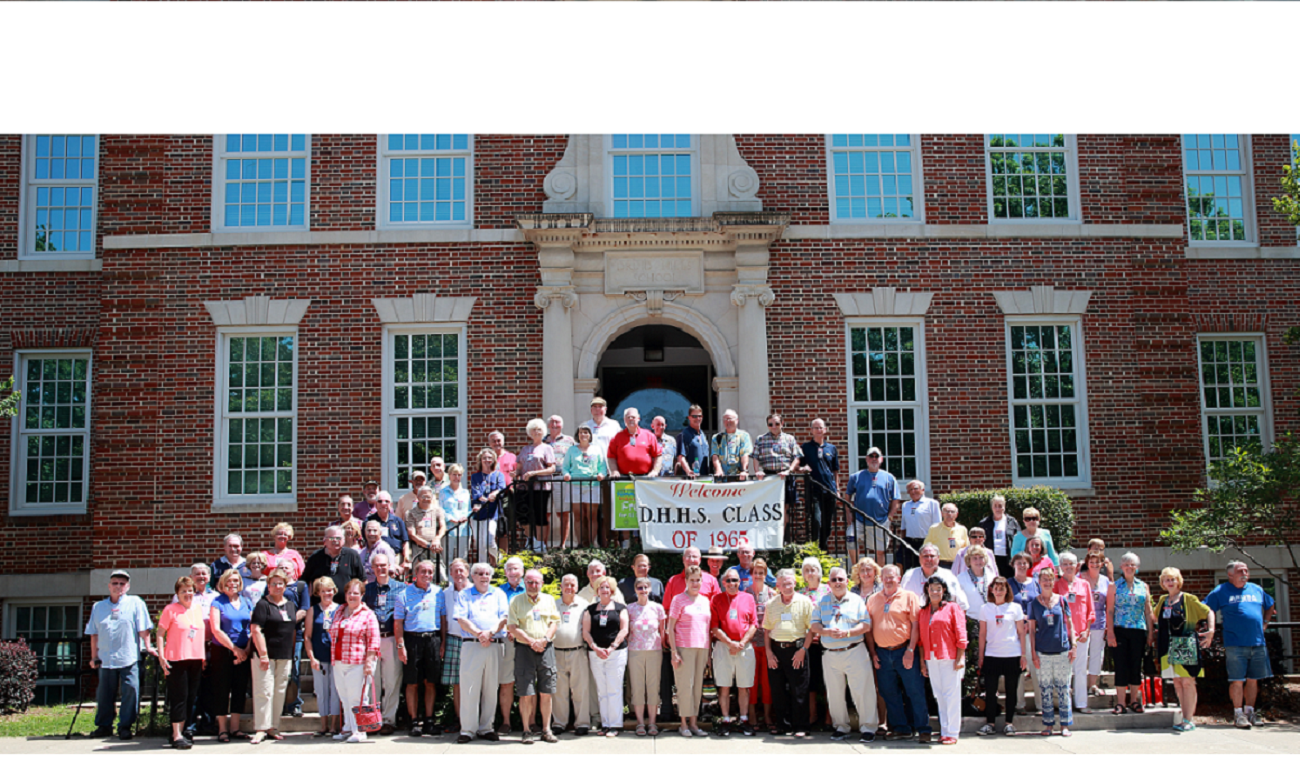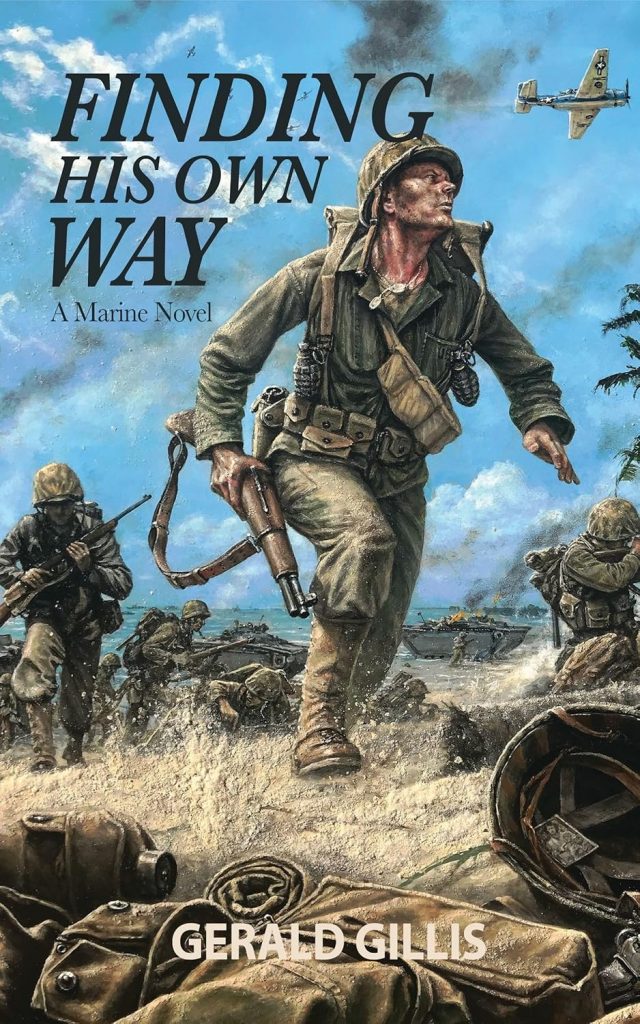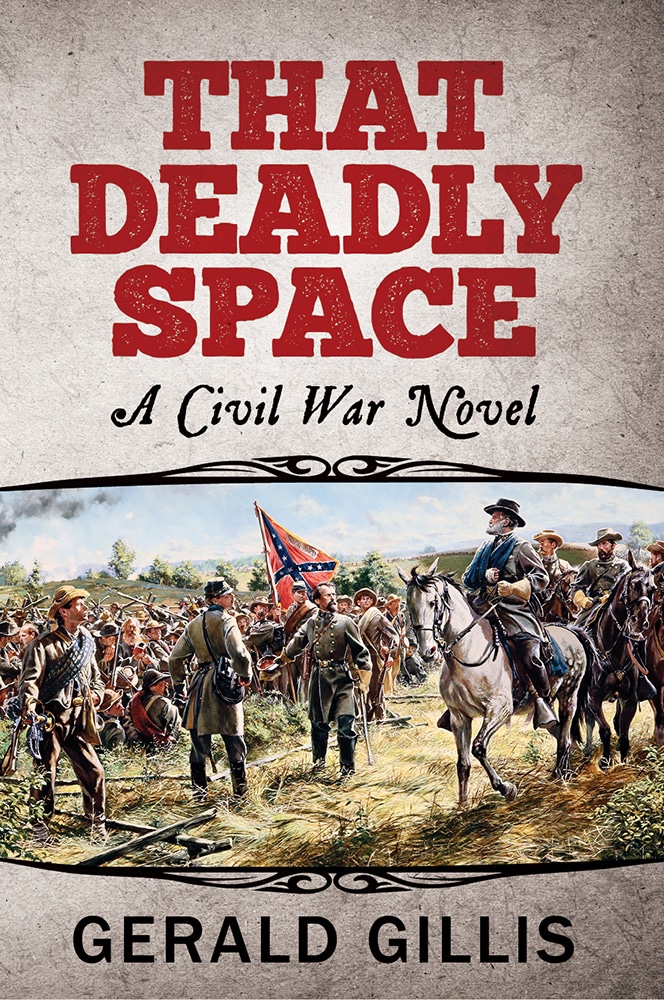The following is the eulogy I delivered at my mother’s funeral on March 7, 2015:
On behalf of the extended Gillis/Hughes family, I’d like to thank all of you for your kindness and well wishes, and especially for your presence here today. And so I’d like to offer the following as a remembrance, of sorts, with great love and affection for a little lady who was truly one of the giants of my life.
Evelyn Rebecca Hughes Gillis: Daughter, sister, sister-in-law, mother, mother-in-law, grandmother, and great-grandmother. Among family, she answered to Evelyn, Aunt Evelyn, Eve, sis, Momma, and Memomma.
Today we lay to rest this kind, gentle, Godly woman who loved her family and friends without condition, who served her church to her fullest, and who provided an anchorage of love and stability in a great number of lives, including, and most especially, my own.
Like many of you, the earliest images I retain in my memory involve my mother, in one form or another. She taught me about the Christian faith and the way it has shaped our family’s history. She stressed to me the value of education, and the importance of honesty and integrity. She gave me an early appreciation for the Big Band music of the Forties, and consequently any band of my own era which featured a horn section had me at the get-go. She broadened my world by teaching me about reading, about the joy of books and the power of the written and spoken word. She taught me about the kinder, gentler things of life, and then she turned around and taught me the finer points of fist fighting with the admonition that I use my new skill as needed, but always as a last resort. She took care of me when I was sick or injured, even when I was faking it, and I still associate the taste of her ginger ale with my being ill. She helped jumpstart my own lifelong love of history when she took me to see Gone with the Wind in the same downtown Atlanta movie theater where, as a teenager some years before, she had witnessed the actual live premier. She confessed to me that actor Clark Gable was her guy, and we made it a point to keep that little morsel a safe distance from Clarence. And I’ve never yet been able to see Gable in one of his movies without instantly thinking of her.
She told me often about the years of World War II, about the uncertainties and hardships, and especially about the way the nation pulled together in shared sacrifice. She told me about Russell High School, and the way the boys went into military service immediately upon graduation. She told me about the good people she worked with at Western Union during those war years. She spoke often about how much she loved and admired her own mother, our beloved Mamaw. She related to me what it was like as a young woman to suddenly find her family without a father, when he died and left behind Mae , Evelyn, Jack, Henry, and Jimmy in the prime of his, my grandfather’s, life. She told me these things without any self-pity or bitterness, but as a better way for me to understand who we were as a family, our history, and thus my history. And how sometimes we just had to deal with things as they are, as opposed to fretting about how we wished them to be. That bit of wisdom has served me well, never more so than when we were confronted with the brutal reality of the Alzheimer’s.
She allowed me to make mistakes without ever berating or humiliating me further. And as a matter of undeniable fact there was something about her that caused me to always, always fess up and tell the truth when I had misbehaved, even when I knew that a large dose of unpleasantness would eventually be arriving through that kitchen door. She taught us the great truth that although we all have freedom of choice, none of us has freedom from consequences.
As I got older, I saw how she and my dad worked and sacrificed so that Ben and I could attend college, something they themselves never had the opportunity to do. And I remember how overjoyed she was when the grandkids started arriving. I’m grateful she got the reward of grand-and great-grandchildren to enjoy and spoil and show just what a loving and classy Family Matriarch she truly was. And I’m likewise grateful they got the reward of knowing her.
That she was one of a kind is without question. She fussed over the appearance of her hair. She was picky about her attire. Even near the end when she was very ill, and had in her possession nearly as many pairs of navy-blue slacks as does the carrier USS Nimitz, she let us know she didn’t care for the brown slacks that we had quietly slipped into her wardrobe. “Must be somebody else’s,” she remarked dismissively, much as she would if the slacks had been made of the very finest of possum fur. Debby winked at me and said softly, “I guess we’ll stay with blue.”
Throughout her entire life Momma could never pronounce words like “handkerchief” which came out “hanchekuff”, or “sauce”, which came out “salts,” and she often dropped the “g” from words like pudding, which of course became “puddin’.” And she sometimes liked to add a “You know” when she would finish a sentence. But what she could say was the phrase “When are y’all comin’?” which never came later than the third sentence of any conversation I ever had with her when I called from goodness-knows-where to check in. And she greatly surprised us when, after becoming a resident in the Alzheimer’s unit, she would from time to time utter a profanity or two that she must have picked up from one of her saltier fellow residents (or maybe from one of her eldest son’s novels). If she had heard such a word from me as a child, she would have threatened to wash my mouth out with soap. When the roles were reversed, however, I just smiled and let it pass.
She was never more beaming or buoyant than when she had her extended family in her home on Wood Trail Lane, with all the attendant food and noise and good tidings that enveloped and uplifted every single one of us. She loved Christmas more than anyone I’ve ever known, and she would start singing “It’s Beginning to Look a Lot Like Christmas,” right after the 4th of July. Michael McDonald sings a Christmas song entitled “House Full of Love” which is what I’m reminded of when I think of Momma’s Decatur home. That description was never more evident than during the holidays when the house was full of Gillises and Hugheses and their derivatives, with the loud laughter, tall tales, ham, turkey and turnip greens, mahogany and coconut cakes, Bulldogs and Yellow Jackets, touch football in the front yard, the ladies in animated conversation in the living room and the gentlemen falling open-mouth asleep in the den, looking every bit as if they’d all been gassed. It was in every way, and on every day, truly a House Full of Love. And the one who gave it that texture and richness of flavor is the one we so honor today.
As she neared the end of her natural life, I would often hear caregivers and others remark what a sweet, considerate lady Miss Evelyn was. Her kindness, unselfishness, and courtesy toward others were noticed and appreciated. Don’t confuse her gentility with a lack of good ole Southern toughness, however. In the last third of her life, she overcame colon cancer, a heart attack, multiple skin cancers, became a widow, survived two broken hips and the necessary hip-replacement surgeries, and bravely fought Alzheimer’s Disease well past the averages. Some of her parts may have broken easily, but not so her will. Through it all, she never lost her unwavering love for her family. She was a great treasure to those of us who knew and loved her, for to know her was indeed to love her. And while her passing leaves a hole in our family and in our hearts, she’s left far more by her living than she’s taking in her leaving.
The writer Christopher Buckley noted at the passing of his own mother, “There is an apparent universal aspect about parental mortality—namely, that no matter how much you prepare for the moment, when it comes, it comes at you hot, hard, and unrehearsed.” Mr. Buckley’s words could hardly be more descriptive.
In Proverbs 31:10, the question is asked, “Who can find a virtuous woman? For her price is far above rubies.” Evelyn Gillis was, by any objective measure, a virtuous woman—as a wife, mother, friend, relative, church member or secretary. She was a beacon of light, an unselfish giver of her Labors and her Loyalty and her Love.
The American poet Emily Dickinson wrote:
“I had a jewel in my fingers—
And went to sleep—
The day was warm, and winds were prosy—
I said ‘Twill keep’—
I woke—and chide my honest fingers,
The Gem was gone—
And now, an Amethyst remembrance
Is all I own.”
Rest In Peace, Mom, and know that, as our Gem, our remembrance of you is a great and abiding gift. But it’s by no means all that you bequeath us. The values and traditions you handed down will remain with us and endure for generations to come. And the love you showered so easily upon us is returned in even greater measure, both by those you leave behind in an earthly sense, and by those you now join in our Father’s Kingdom of Heaven. And yes, I can hear you softly saying, “When are y’all comin’?”





